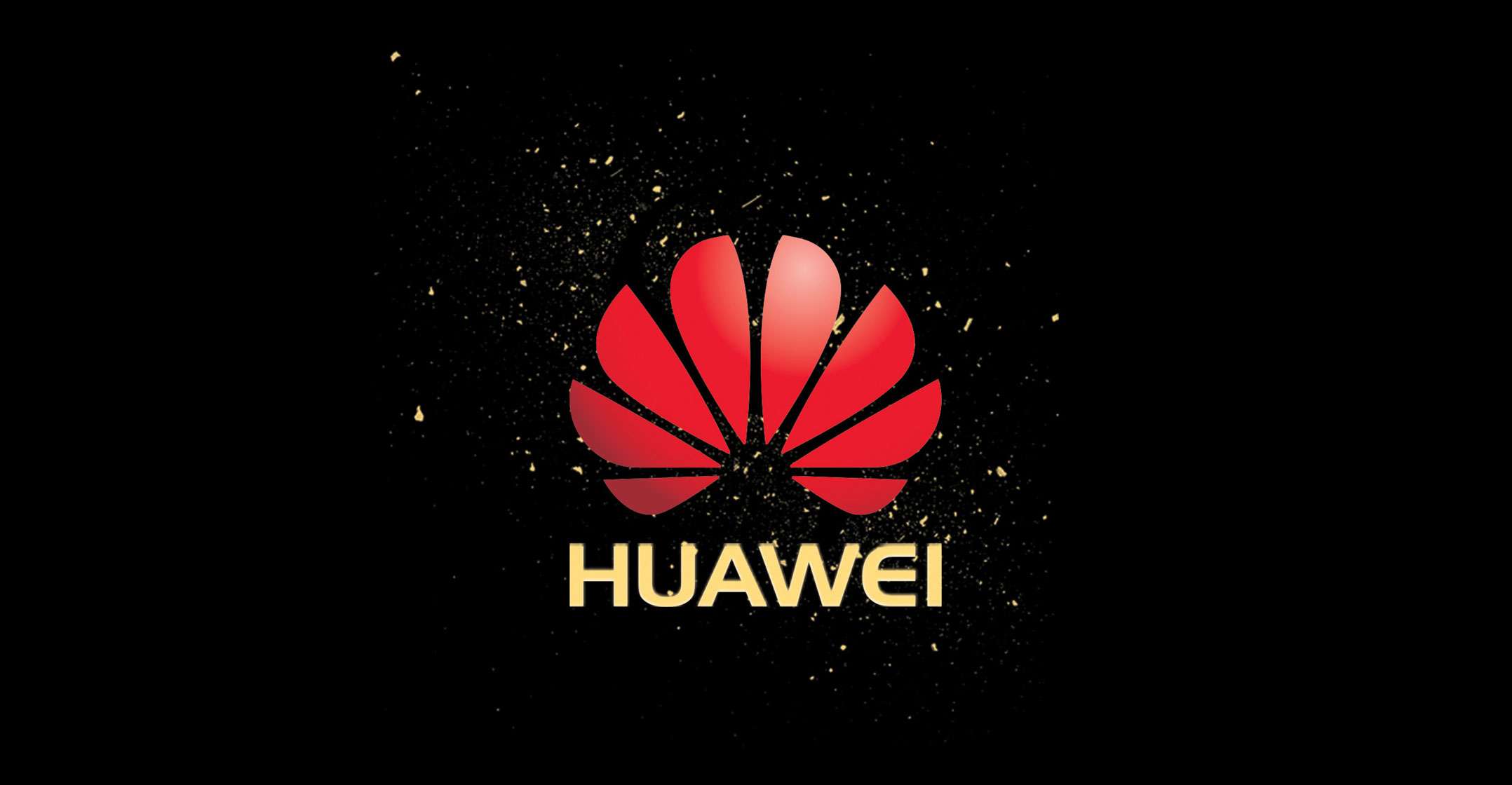
Many view the US action against Huawei Technologies as just another twist in President Donald Trump’s broader trade war. That may be naive. It’s also the world’s best hope of avoiding a more damaging conflict.
Optimists expect Trump to let Huawei off the hook eventually after using the company as a bargaining chip to squeeze trade concessions from Beijing, in the same way that he did with the smaller Chinese electronics maker ZTE last year.
It’s unlikely to play out that way, though. The US administration’s twin decisions last week to halt the use of Huawei equipment and block the sale of components to the Chinese company are a major escalation beyond trade-war posturing. The US commerce department’s decision to offer temporary relief for some US customers using Huawei equipment is only a minor easing.
There are key differences with ZTE. For one thing, Huawei hasn’t been directly accused of any wrongdoing.
It was a year ago this week that Trump tweeted he was intervening in the ZTE case. Recall that the Chinese company was slapped with a ban on buying American parts not because of security concerns or the trade war, but because it violated sanctions against Iran and then reneged on a deal with US authorities. There was a clear legal premise to punish ZTE, one that doesn’t exist for Huawei.
The Chinese government and Huawei’s management appreciate the difference between the two cases. This has hardened attitudes in Beijing, which won’t change its path. Knowing that the US president is willing to hold one of its most important companies hostage, China’s government and companies have accepted that they must achieve technological independence.
At stake
To see what’s at stake, consider that China is the world’s largest market for smartphones, almost all of which use US chips. It’s also home to brands that collectively account for at least two-thirds of global handset shipments. Imagine a scenario in which 65% of the world’s phones don’t have a single US component.
Right now, if you’re the head of a US company with factories in China that supply to Huawei, you should be worried. Huawei’s first move would be to rush around to all those American-owned facilities to extract any products being made for the Chinese company before it’s cut off by the US ban. That’s going to leave factory lines empty and Chinese workers out of jobs.
If Huawei picks up the slack itself, or hands work over to local suppliers, new jobs will be created for local workers. The same can’t be said for Americans employed in China or back home. It’s likely to be a similar story for products supplied to Huawei from the US, where there won’t be any replacement jobs opening up. Whether or not Trump reopens the spigot on US components, the thousands of jobs created to supply those products will remain in jeopardy.
 The impact on employment is one reason to hope it’s not too late to backtrack. A major factor in the decision to spare ZTE was jobs, according to Trump himself: Chinese jobs, at that. A threat to US jobs should be considered even more important.
The impact on employment is one reason to hope it’s not too late to backtrack. A major factor in the decision to spare ZTE was jobs, according to Trump himself: Chinese jobs, at that. A threat to US jobs should be considered even more important.
There’s also the possibility that a dive in the US stock market could cause the White House to reconsider. The Philadelphia Semiconductor Index plunged 4% on Monday, partly on the Huawei ban, driving losses in broader US stock indexes.
The suspicion remains, though, that the die is already cast, that it’s too late to expect that a tech Cold War can be avoided, that jobs won’t be lost and that the digital Iron Curtain Trump drew last week can be lifted.
We can only pray that this is one time the naive view proves correct. — By Tim Culpan, (c) 2019 Bloomberg LP

